45 label the parts of the skin and subcutaneous tissue.
Anatomy of the Skin | SEER Training - National Cancer Institute The skin is a vital organ that covers the entire outside of the body, forming a protective barrier against pathogens and injuries from the environment. The skin is the body's largest organ; covering the entire outside of the body, it is about 2 mm thick and weighs approximately six pounds. It shields the body against heat, light, injury, and infection. Solved Label the parts of the skin and subcutaneous tissue ... - ... Label the parts of the skin and subcutaneous tissue. 1 1 Sensory nerve fibers 0.25 points Hair bulb Skipped Dermal papilla eBook Blood capillaries Print Sebaceous gland References Arrector muscle Hair follicle Tactile corpuscle no 14 ore This problem has been solved!
Subcutaneous Tissue: Composition, Function, Structure - Verywell... Aug 24, 2022 · The skin is composed of three layers: 2 Epidermis Dermis Subcutaneous tissue Subcutaneous Tissue Structure Several structures and specialized cells exist within the subcutaneous tissue. These include: Collagen and elastin fibers (these attach the dermis to muscles and bones) Fat cells Blood vessels Sebaceous glands Nerve endings Hair follicle roots
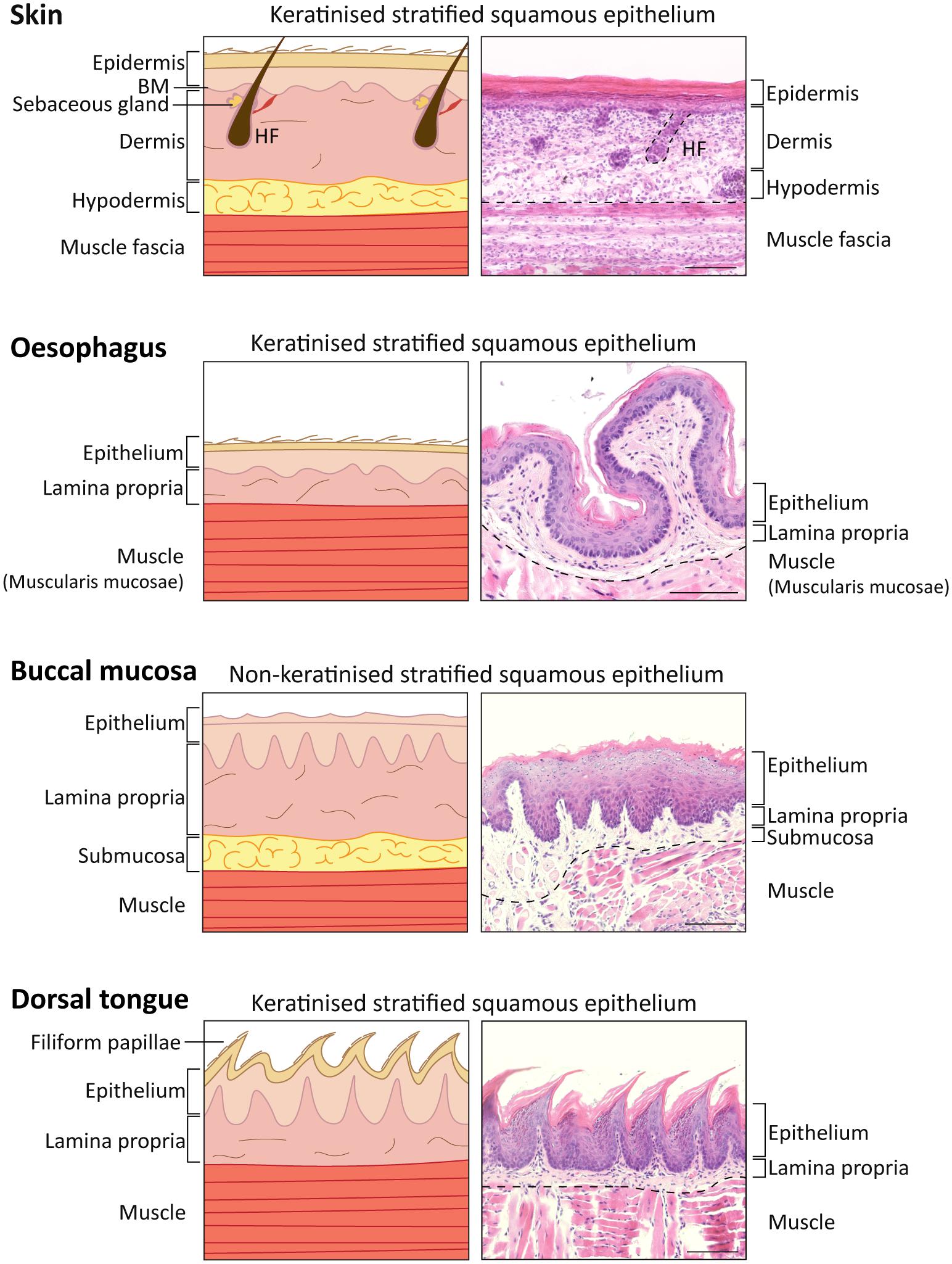
Label the parts of the skin and subcutaneous tissue.
5.1 Layers of the Skin - Anatomy and Physiology 2e - OpenStax Figure 5.2 Layers of Skin The skin is composed of two main layers: the epidermis, made of closely packed epithelial cells, and the dermis, made of dense, irregular connective tissue that houses blood vessels, hair follicles, sweat glands, and other structures. Beneath the dermis lies the hypodermis, which is composed mainly of loose connective and fatty tissues. Layers of the Skin | Anatomy and Physiology I - Lumen Learning Although you may not typically think of the skin as an organ, it is in fact made of tissues that work together as a single structure to perform unique and critical functions. The skin and its accessory structures make up the integumentary system, which provides the body with overall protection. The skin is made of multiple layers of cells and tissues, which are held to underlying structures by connective tissue (Figure 1). The subcutaneous layer: Anatomy, composition, and functions Jun 29, 2021 · What is subcutaneous tissue? Subcutaneous tissue is the deepest skin layer that lies closest to the muscle. This layer has other names, including superficial fascia, hypodermis, subcutis,...
Label the parts of the skin and subcutaneous tissue.. Skin Layers: Structure, Function, Anatomy, and More - Verywell... Sep 17, 2022 · Subcutaneous tissue is the innermost layer of the skin. It's mostly made up of: 4 Fat Connective tissues Larger blood vessels Nerves The majority of your body fat is stored in the subcutaneous layer. It insulates you against changing temperatures and protects your muscles and internal organs from impacts and falls. The subcutaneous layer also: The subcutaneous layer: Anatomy, composition, and functions Jun 29, 2021 · What is subcutaneous tissue? Subcutaneous tissue is the deepest skin layer that lies closest to the muscle. This layer has other names, including superficial fascia, hypodermis, subcutis,... Layers of the Skin | Anatomy and Physiology I - Lumen Learning Although you may not typically think of the skin as an organ, it is in fact made of tissues that work together as a single structure to perform unique and critical functions. The skin and its accessory structures make up the integumentary system, which provides the body with overall protection. The skin is made of multiple layers of cells and tissues, which are held to underlying structures by connective tissue (Figure 1). 5.1 Layers of the Skin - Anatomy and Physiology 2e - OpenStax Figure 5.2 Layers of Skin The skin is composed of two main layers: the epidermis, made of closely packed epithelial cells, and the dermis, made of dense, irregular connective tissue that houses blood vessels, hair follicles, sweat glands, and other structures. Beneath the dermis lies the hypodermis, which is composed mainly of loose connective and fatty tissues.
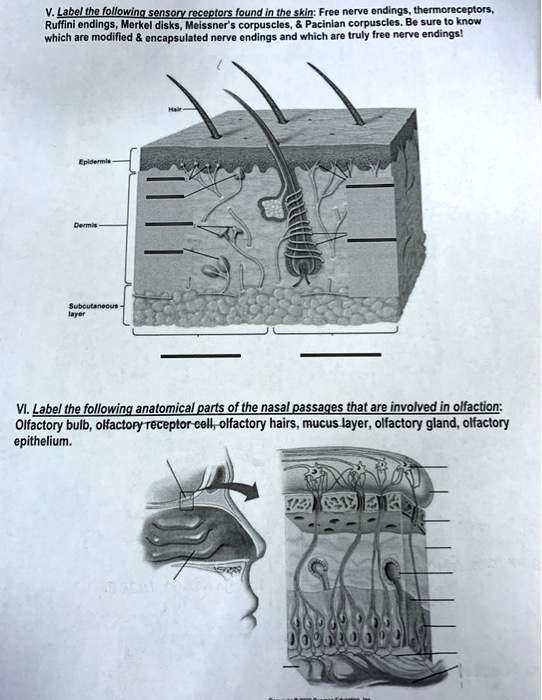


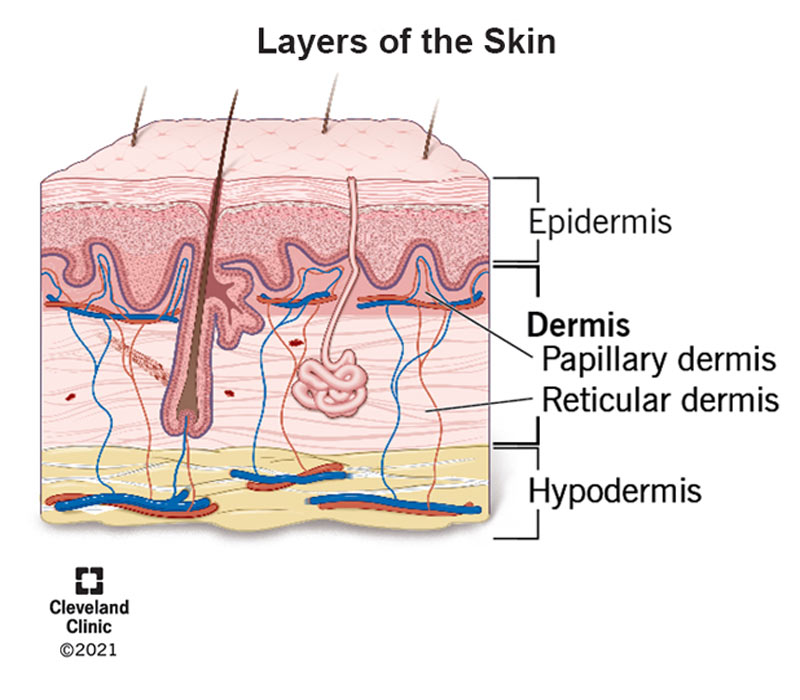
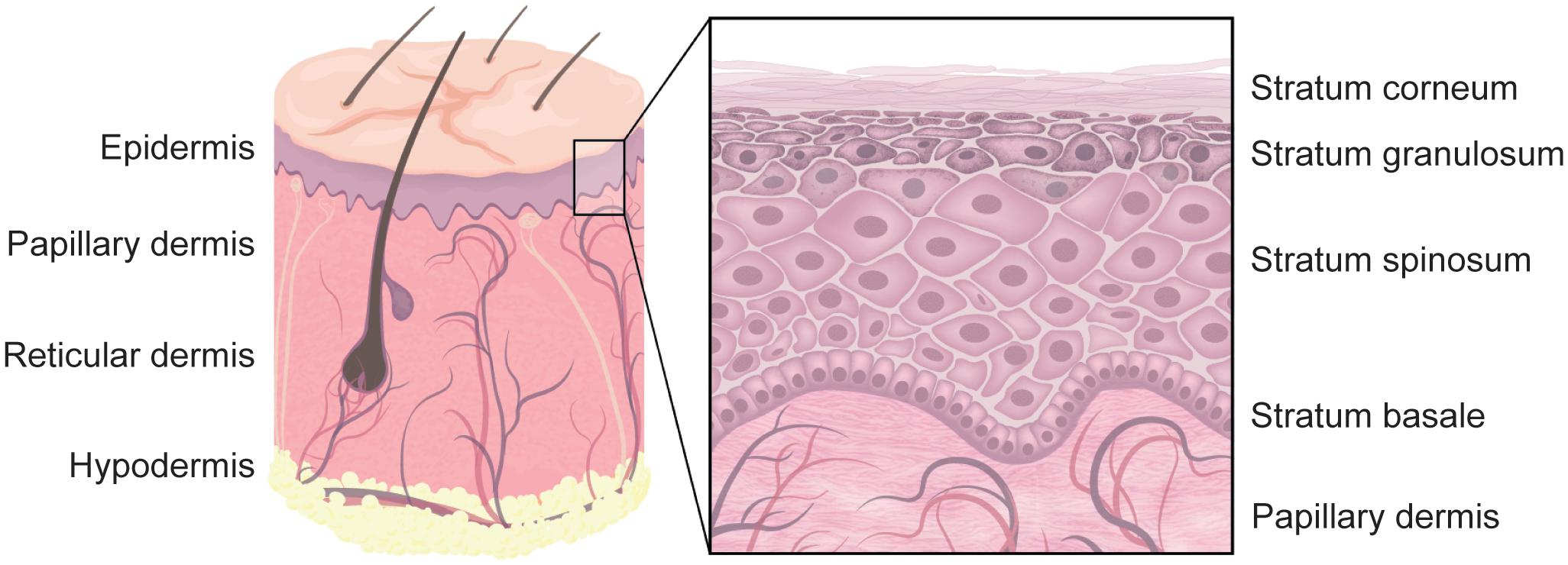



:max_bytes(150000):strip_icc()/pathology-normal1-7ad34abec63b400f9f2aa0796d39cb4f.jpg)




:max_bytes(150000):strip_icc()/skin_tissue-57ab61fb3df78cf4599cbe17.jpg)

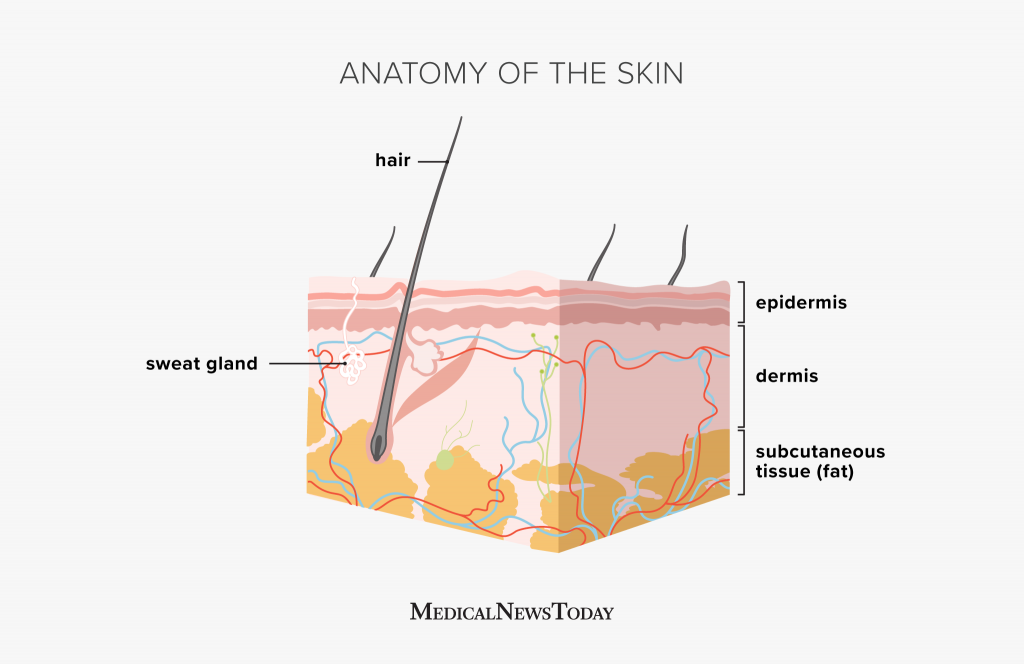





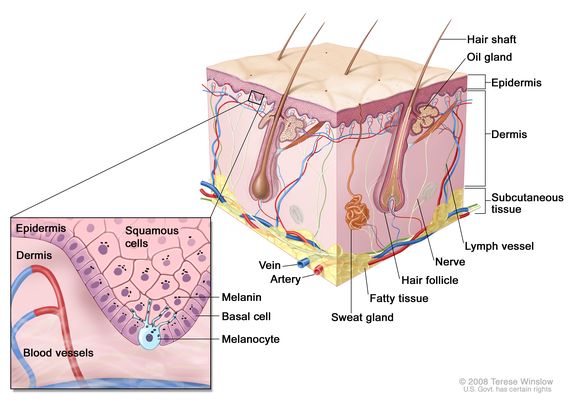



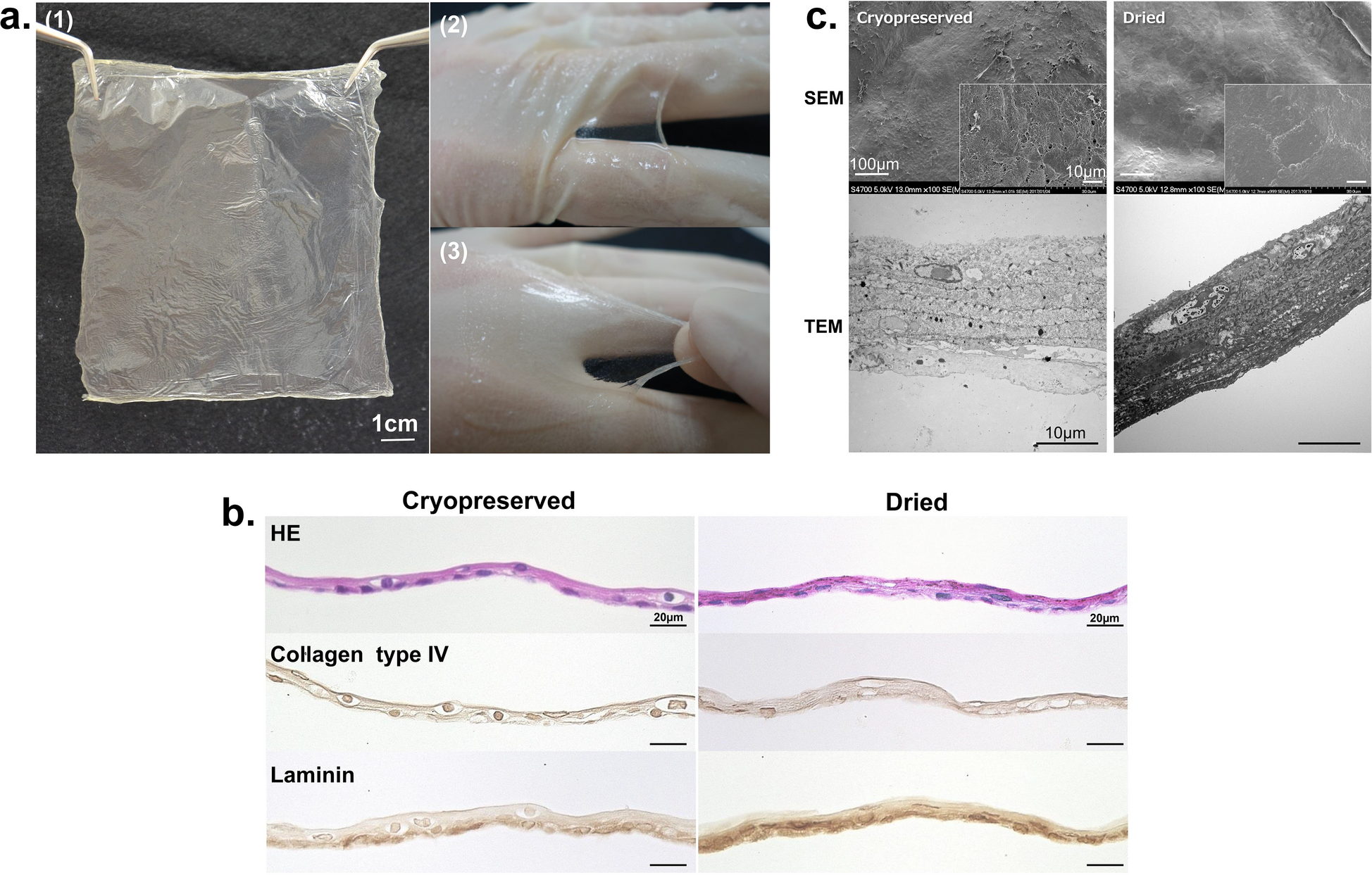




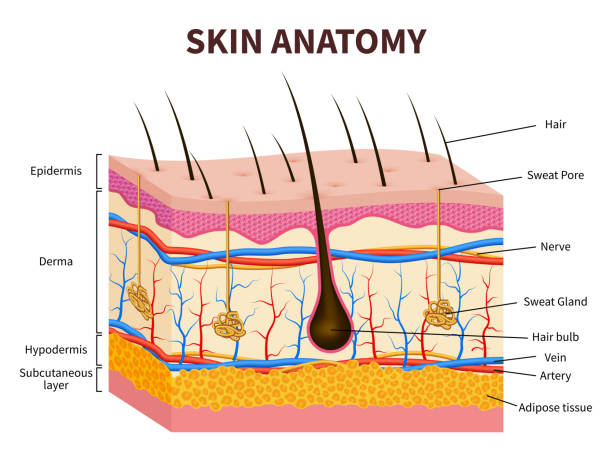






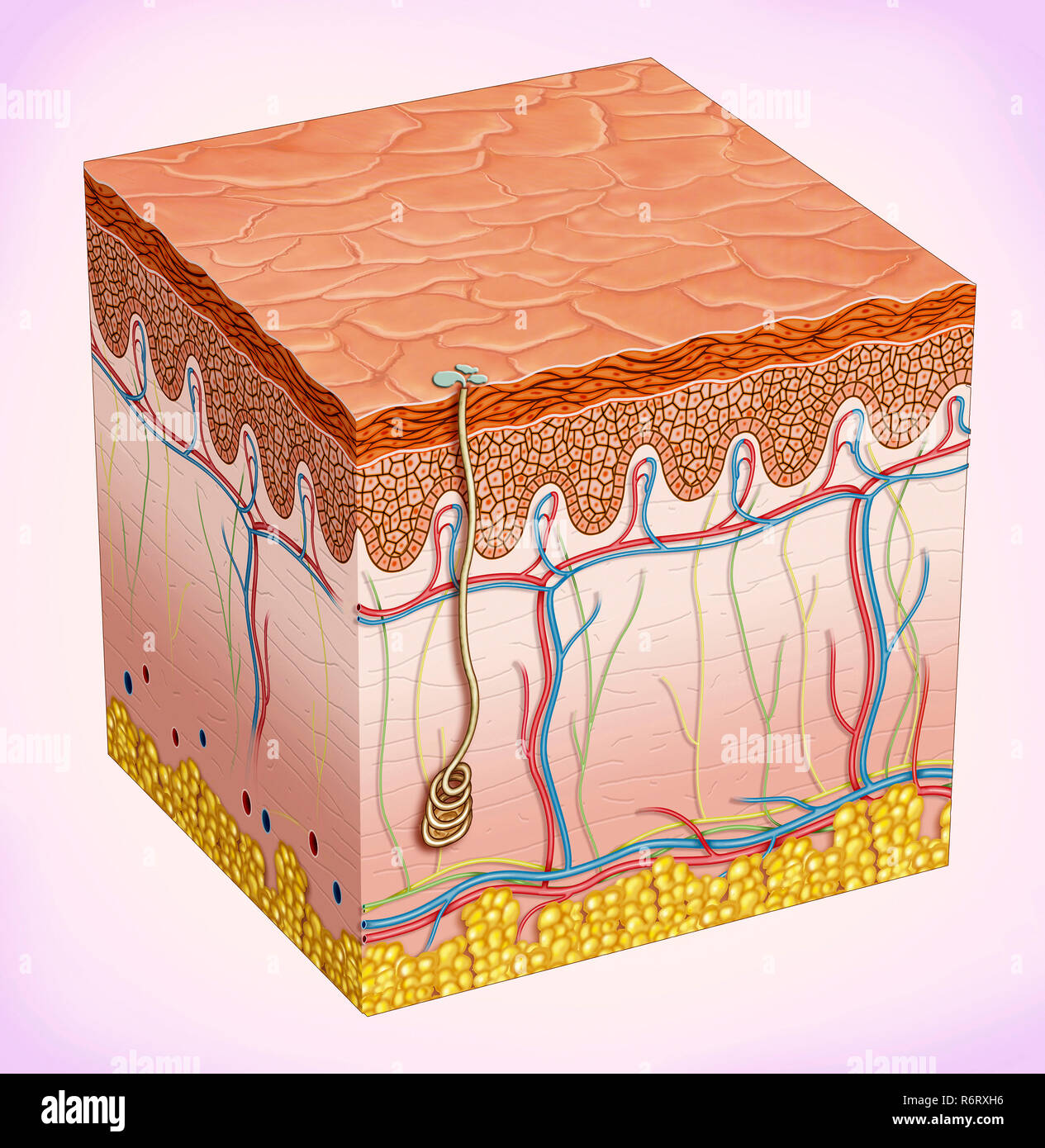



Post a Comment for "45 label the parts of the skin and subcutaneous tissue."